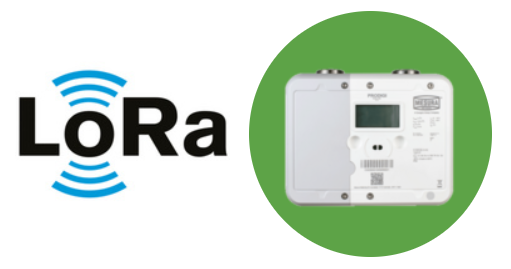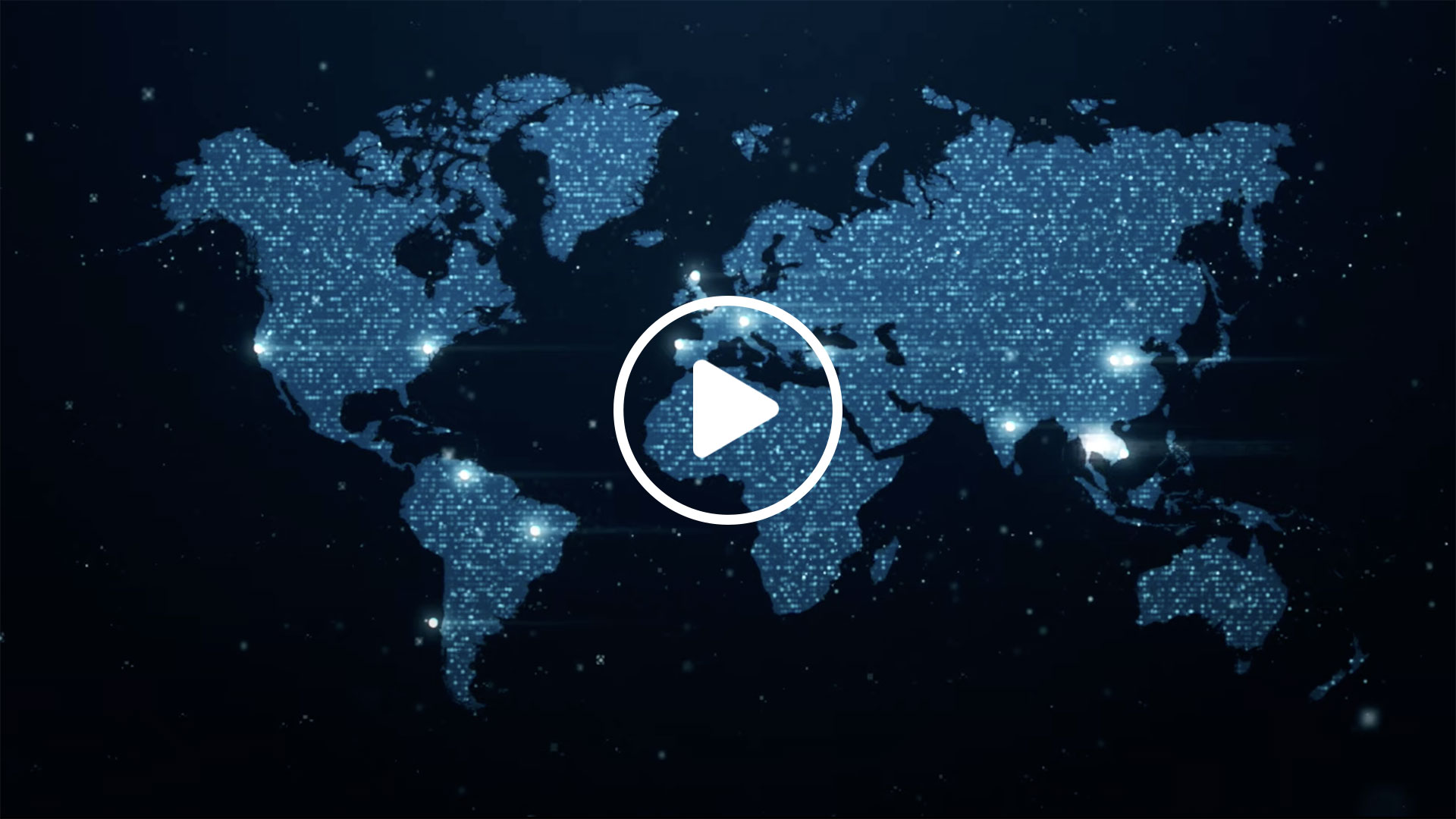Data transmission, information, technology
These are the most quoted concepts in the newspapers and the web together with new technologies, communication and digital innovation. The public sentiment on these themes is clearly divided: there are those, the most suspicious amongst us, who, frightened by the exponential growth of the network, warn against the actual unrestrained technological advances; on the contrary, there are those who do trust the world of the Internet of things and want to do everything that the technology allows them to do in order to improve our daily lives.
This second philosophy is certainly supported by the team at the Cavagna Group’s IoT department. For years it has been focusing on the study of the interaction between the machine and the physical objects which populate our daily lives, developing smart solutions even for the gas market. In fact, besides many kind of IoT products like water meters, smart thermostats and position sensors, one of the solutions that is conquering our ever-widening market segments, is the smart gas meter. This device not only performs the traditional meter functions, but it satisfies the need to manage the resources in an efficient way too.
What are the benefits of IoT Solutions?
Their primary function is to measure different physical quantities, but the real added value of these products lies in their ability to transmit all the measurements they can detect to the cloud and then become available on the Internet. All the information collected by the device becomes data that will be communicated and read on the basis of the product functions. So, how does this process happen?
Data transmission methods
Today the market offers different methods to transmit information depending on these questions:
- What kind of information has to be transmitted?
- Where will the device be installed?
- How long is the device life?
The main types of data transmission belong to the GSM (Global System for Mobile Communication) category, well known as 2G/3G/4G. These communication technologies are identified in the network by a SIM card and, set out a specific data traffic plan, they rely on the territorial grids, as well as mobiles, tablets and all the devices that are installed in houses and vehicle alarms.
Other technologies are otherwise based on the frequencies that are available without a licence in most of the world. One of those is LoRaWAN, a low-power wide-area network technology: this means that you only need to install a single gateway to cover a wide area.
For the Smart Gas Meter Prodigi, Cavagna Group decided to rely on the LoRa Communication Protocol.
There are a lot of benefits resulting from this choice which include:
- The Cavagna Group’s ultrasonic gas meter battery life can exceed 10 years, due to very little power required by the LoRa Protocol.
- Thanks to the innovative, end-to-end encrypted data transmission system, the Cavagna Group’s Smart gas meter is even more reliable especially when it comes to providing a constant flow of data to monitoring and control.



